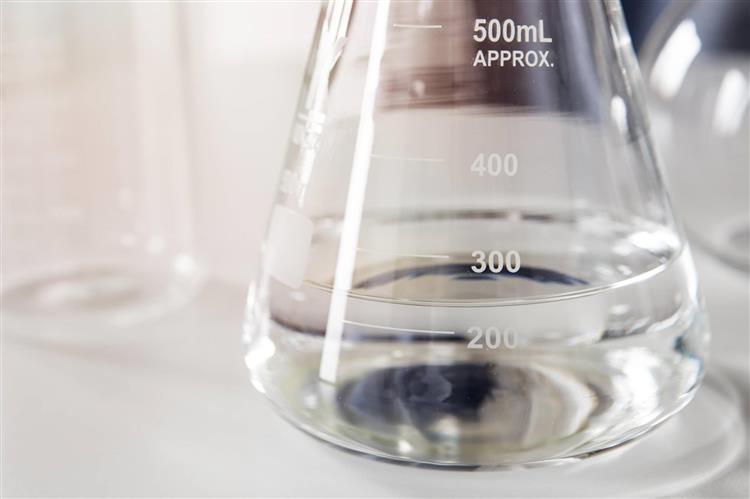
- 10 July 2024
- 1297 Views
Phenol, also known as carbolic acid, is an aromatic organic compound widely used in the chemical industry. One of the most interesting aspects of phenol chemistry is its conversion into benzoquinone and picric acid, which have significant industrial applications. This article delves into the processes and reactions involved in converting phenol into these valuable compounds.
Phenol, with its hydroxyl group attached to a benzene ring, serves as a versatile starting material in organic synthesis. The conversion of phenol into benzoquinone and picric acid involves specific chemical reactions that are fundamental in industrial chemistry. These transformations highlight the reactivity and versatility of phenol, making it a critical compound in various applications.
Conversion of Phenol to Benzoquinone
1. Oxidation Process
The primary method to convert phenol to benzoquinone is through oxidation. The process can be summarized as follows:
C6H5OH→C6H4O2\text{C}_6\text{H}_5\text{OH} \rightarrow \text{C}_6\text{H}_4\text{O}_2C6H5OH→C6H4O2
- Chemical Reaction: The oxidation of phenol to benzoquinone typically involves reagents such as chromic acid (H₂CrO₄), manganese dioxide (MnO₂), or ferric chloride (FeCl₃).
- Mechanism: The hydroxyl group of phenol is oxidized to form a carbonyl group, resulting in the formation of benzoquinone. This reaction often occurs in an acidic medium to facilitate the oxidation process.
2. Industrial Applications of Benzoquinone
Benzoquinone is an important compound in the production of various chemicals, including:
- Hydroquinone: Used as a reducing agent in photographic development and as a skin-lightening agent in cosmetics.
- Polymers and Resins: Benzoquinone derivatives are utilized in the synthesis of high-performance polymers and resins.
Conversion of Phenol to Picric Acid
1. Nitration Process
The transformation of phenol into picric acid involves a nitration reaction, which can be described by the following equation:
C6H5OH→C6H2(NO2)3OH\text{C}_6\text{H}_5\text{OH} \rightarrow \text{C}_6\text{H}_2(NO_2)_3\text{OH}C6H5OH→C6H2(NO2)3OH
- Chemical Reaction: The nitration of phenol to picric acid is typically carried out using concentrated nitric acid (HNO₃) and sulfuric acid (H₂SO₄).
- Mechanism: The process involves multiple nitration steps where nitro groups (NO₂) are introduced into the aromatic ring of phenol, resulting in the formation of trinitrophenol (picric acid).
2. Safety Considerations
Picric acid is highly explosive and requires careful handling. The reaction must be conducted under controlled conditions to prevent accidents.
3. Applications of Picric Acid
Picric acid has several important uses, including:
- Explosives: Due to its highly explosive nature, picric acid has historically been used in munitions and explosives.
- Dyes and Pigments: It serves as a dye intermediate in the production of various yellow dyes and pigments.
- Antiseptics: Picric acid has been used in medical applications as an antiseptic.
in Conclusion: The conversion of phenol into benzoquinone and picric acid showcases the diverse reactivity of phenol and its importance in industrial chemistry. Understanding these processes not only provides insight into organic synthesis but also underscores the significance of phenol derivatives in various applications. By mastering the oxidation and nitration reactions, chemists can efficiently produce valuable compounds from phenol, contributing to advancements in multiple industries.
